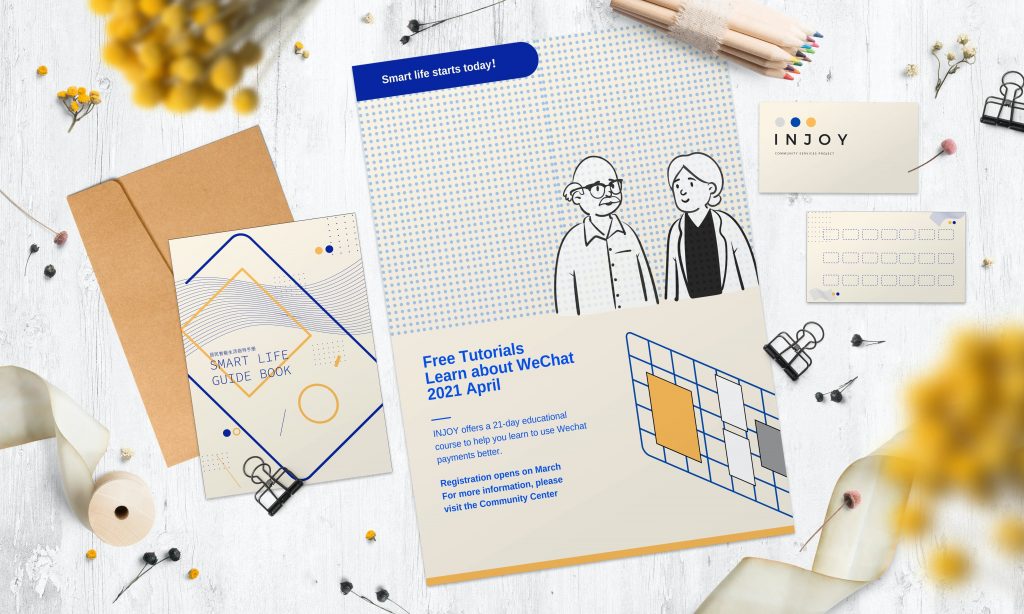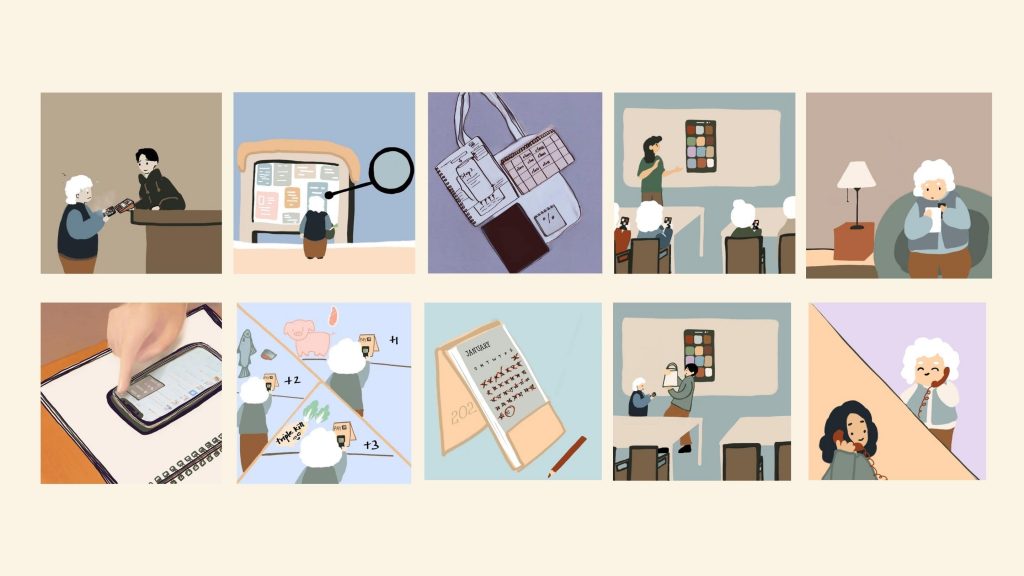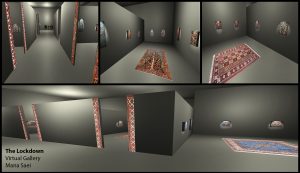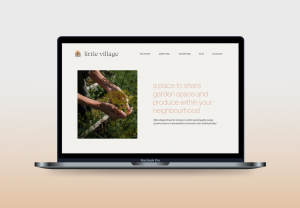INJOY
Jiaqi Echo Xie
Service design helps the seniors build confidence and knowledge to integrate into today’s information-intensive society.
Project description:
China caught my attention as the country with the largest aging population and the world’s largest user of mobile payments. The lack of access to mobile payment is a problem facing the elderly in China today, and I have centered my design on the most frequently used application “WeChat pay”. My idea is By providing a service in the community to help seniors learn to use mobile payments in an effective way and build confidence for them. By teaching seniors through young people and setting up attractive incentives to help them learn to use WeChat Pay in 21 days. Also,Through this project I would like to explore the opportunity in the service that can help seniors build relationships with younger people across generations.
Problem space:
The rapid development of technology, emerging smart products make many elderly groups feel Isolated by society. Many seniors want to learn to use smart products, but there are many factors that affect them, thus making them lose confidence in learning.

Design artifacts:
Self-study package Guide Book:simple language ,accessibility for seniors to learning
WeChat
Punch card and discount Card :21 days plan to study by following the booklet.
Poster:Promote specific information about the class.

User story:
Qinying is a sixty -eight years old female who lives in China,she was retired .she lives in Shanghai with her husband and her daughter works in another city. She is very interested in being participated in her community and feels interested in new and emerging things. This is her story through INJOY service in the community.
Project Reflection:
Aging is a necessary stage of life for everyone, and it also constitutes a visible group in society. While the demographic structure is rapidly becoming “older”, technological products continue to become “newer”. The development of the mobile Internet has brought society into a new digital age, which has led to many conflicts between the new and the old. The use of technology by the elderly has always been considered a major challenge. As a young designer and user researcher, I came into closer contact with the elderly population in this project. I found that the younger generation’s perceptions are also often intertwined with labeling and stereotyping. However, on the other end of the spectrum, which we cannot see, the digitalization of older people is evolving, and the use of digital products by older people is rapidly climbing, with a promising future ahead.





